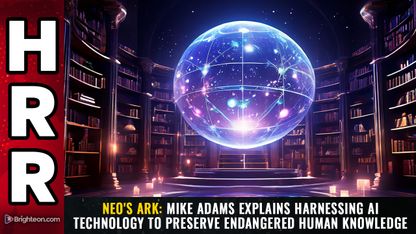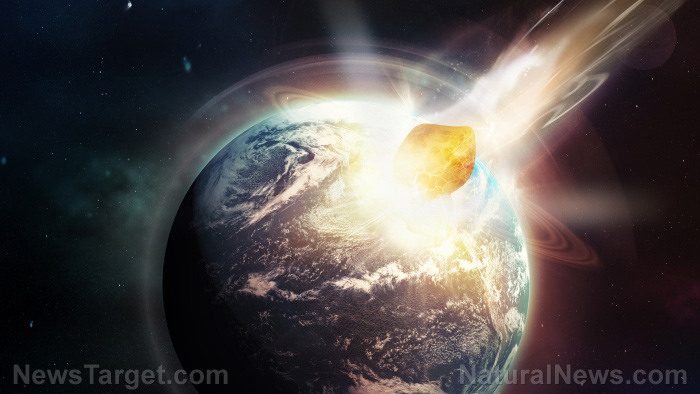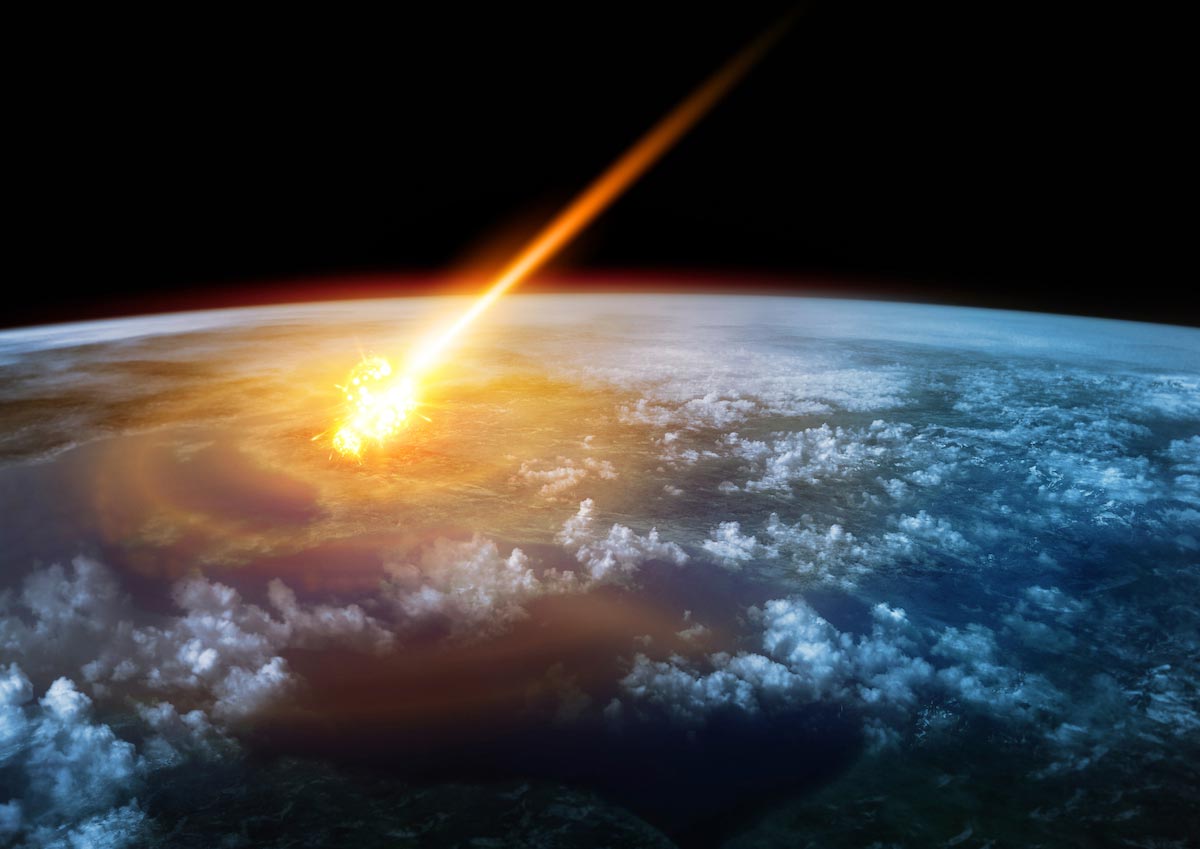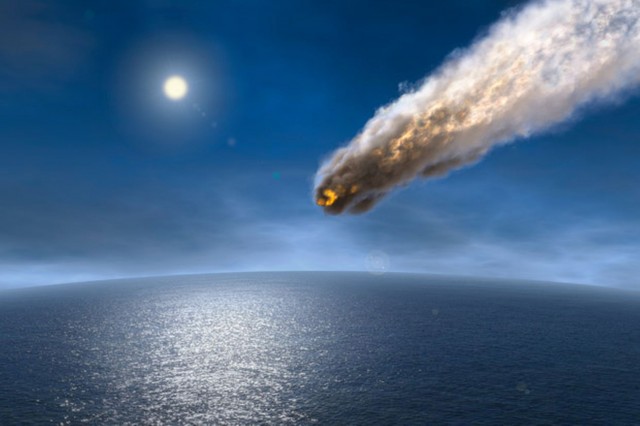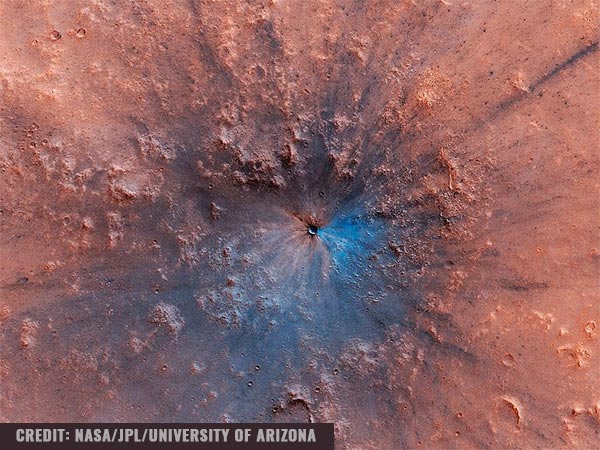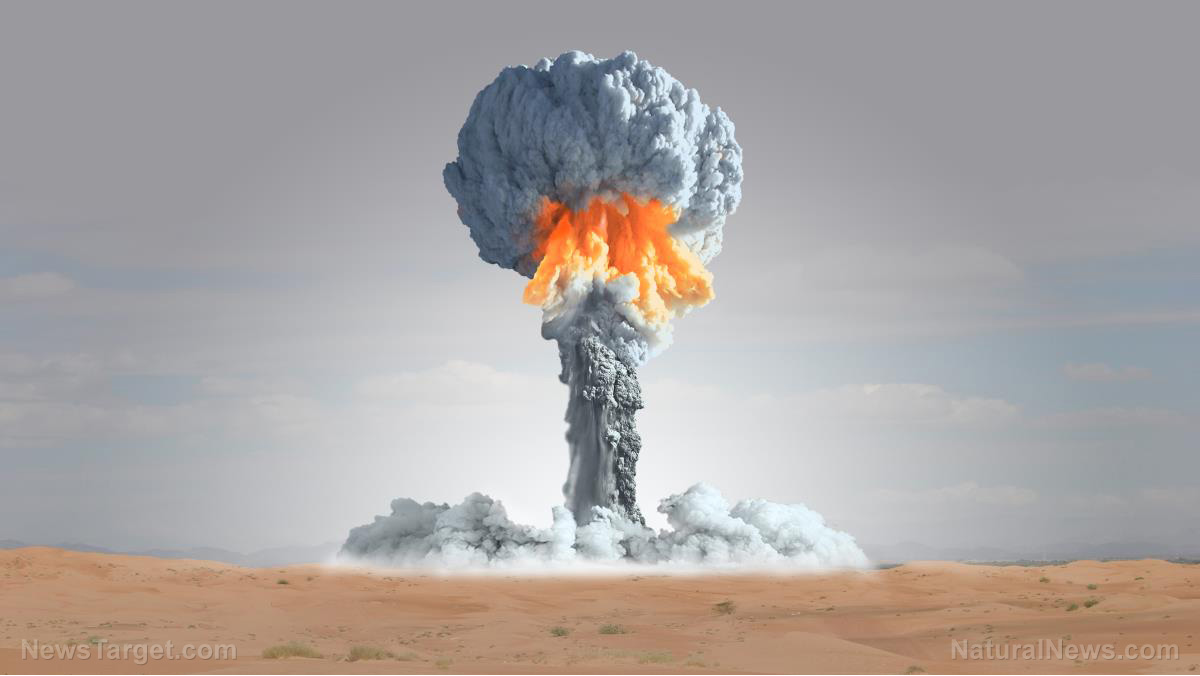
In 1945, the U.S. Air Force unleashed an atomic bomb nicknamed Little Boy over the Japanese city. The weapon detonated with as much force as 1,500 tons of conventional explosives.
During the world's first atomic attack, the material that comprised Hiroshima's sturdier buildings and surfaces got vaporized by the intense heat. Propelled by the force of the explosion, the molten debris shot up into the sky and formed an incredibly hot cloud over the city.
Eventually, the molten rubble started condensing into teardrop shapes. The cloud rained the increasingly heavy glass beads all over the Motoujina peninsula.
After hitting the ground, the material cooled down. Some of the rubble ended up on the beaches that lined the peninsula.
The official term for these beads is "Motoujina Fallout Debris (MFD)," referring to the name of the peninsula. However, many people call them "Hiroshimaites." (Related: What you need to know about nuclear power in America.)
The vaporized rubble of Hiroshima turned into glass beads that scattered across a peninsula
Retired researcher Mario Wannier came across the Hiroshimaites in the beaches around the devastated city. With the help of colleagues at the University of California Berkeley (UC Berkeley) and the Lawrence Berkeley National Laboratory (Berkeley Lab), he published a paper describing the characteristics of the debris.
Wannier found the Hiroshimaites comparable to samples taken from the Yucatan peninsula on the other side of the world. There, a giant asteroid hit the Earth 66 million years ago and drove the dinosaurs into extinction.
Just like the asteroid impact, a tremendous amount of energy went into the creation of the Hiroshimaites. The beaches that provided the rocks were only 3.7 miles (six kilometers) from ground zero of the Little Boy explosion.
Wannier acquired more than 10,000 samples of the Hiroshimaites. He sent them to his UC Berkeley and Berkeley Lab colleagues, who examined the rocks with electron microscopes and X-ray devices.
Released in the scientific journal Anthropocene, the study concluded that the Hiroshima bombing provided the only coherent explanation for the appearance of the Hiroshimaites.
Similar glassy rocks appeared at the Trinity site that hosted the first atomic explosion. Like the Hiroshimaites, the samples were called "trinitite."
The atomic attack on Hiroshima created rocks similar to those in asteroid impact craters
Most of the city of Hiroshima got vaporized by the atomic bomb on August 6, 1945. Experts estimate that around 70,000 people died upon impact.
The nuclear fallout that followed the Little Boy explosion claimed roughly 250,000 more lives. The deaths came from injuries and radiation exposure.
“This was the worst manmade event ever, by far,” Wannier remarked via a statement. “In the surprise of finding these particles, the big question for me was: You have a city, and a minute later you have no city.”
He mentioned how some people might have morbidly wondered where the city of Hiroshima – or rather, the materials that made up the city's sturdier buildings – might have gone after the explosion.
The Hiroshimaites featured chemicals and elements that didn't usually appear in trinitite and other similar formations. Researchers identified aluminum, iron, and steel.
“Some of these look similar to what we have from meteorite impacts, but the composition is quite different,” said UC Berkeley researcher Rudy Wenk, a co-author of the study. “There were quite unusual shapes.”
Wenk noted that the Hiroshimaites contained pure iron and steel – metals that are commonly found in building materials.
Sources include:
Please contact us for more information.







